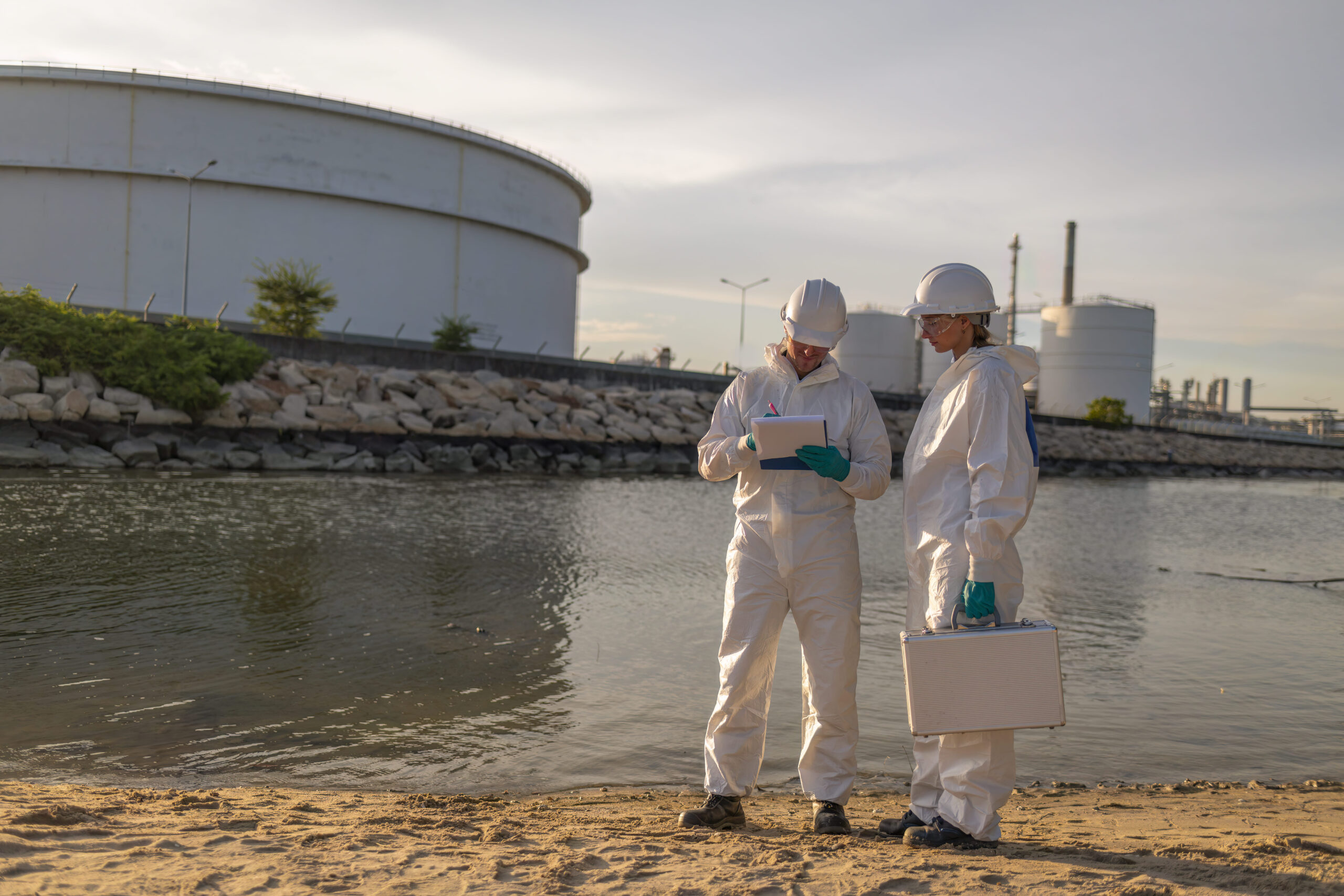Introduction
Per- and polyfluoroalkyl substances (PFAS), often referred to as “forever chemicals,” have become the subject of intense scrutiny due to their widespread environmental and health impacts. Found in everything from non-stick cookware to firefighting foam, these synthetic chemicals are notorious for their persistence in the environment and their potential to cause harm to human health. The legal battle against PFAS is ramping up, with numerous lawsuits targeting major manufacturers and users of these substances. This article delves into the ongoing litigation and highlights the key players involved.
What Are PFAS?
PFAS are a group of over 4,000 man-made chemicals that resist heat, water, and oil. While their durability has made them indispensable in many industries, it has also led to severe environmental contamination. Studies have linked PFAS exposure to serious health issues, including cancer, immune system suppression, and hormonal imbalances.

The Scope of PFAS Contamination
PFAS contamination is widespread, with these chemicals detected in water supplies, soil, and even human blood. The Environmental Working Group (EWG) estimates that over 200 million Americans may have PFAS in their drinking water. This pervasive contamination has triggered a flood of lawsuits as communities seek accountability and justice.
Key PFAS Lawsuits
1. 3M and DuPont at the Center
3M and DuPont, two industrial giants, are at the heart of the PFAS litigation storm. These companies have been accused of manufacturing and distributing PFAS despite knowing their environmental and health risks. A landmark $1.19 billion settlement was recently reached in a case involving 3M and multiple public water systems.
2. Aqueous Film-Forming Foam (AFFF) Lawsuits
Firefighting foams containing PFAS, known as AFFF, have been another major source of contamination. Firefighters, municipalities, and military bases have filed lawsuits alleging that these foams caused water contamination and adverse health effects. The AFFF multidistrict litigation (MDL) consolidated in South Carolina is one of the largest ongoing PFAS legal actions.
3. Class Action Lawsuits by Affected Communities
Communities across the U.S. have filed class action lawsuits seeking compensation for water contamination and health monitoring costs. Recent settlements include a $54 million payout by Chemours, a DuPont spinoff, to residents near its North Carolina facility.

4. Lawsuits by States
Several states, including Michigan, New Jersey, and Minnesota, have filed lawsuits against PFAS manufacturers. These states are seeking funds to clean up contaminated sites and address public health crises caused by PFAS.

Key Players in the Legal Battle
3M Company
3M is one of the earliest manufacturers of PFAS. The company faces thousands of lawsuits, with accusations of covering up knowledge about PFAS’s harmful effects.

DuPont and Chemours
DuPont and its spinoff Chemours are also major defendants in PFAS-related lawsuits. Internal documents reveal that these companies were aware of PFAS risks for decades.
Firefighting Foam Manufacturers
Companies that produce AFFF, including Tyco Fire Products and Chemguard, are also facing lawsuits for their role in PFAS contamination.
Municipalities and States
Cities like Philadelphia and states like New York are not just plaintiffs; they are also key players in shaping future regulatory frameworks to prevent further PFAS contamination.
Emerging Trends in PFAS Litigation

1. Increased Government Action
- The Environmental Protection Agency (EPA) has proposed stringent regulations for PFAS in drinking water, which could bolster ongoing lawsuits.
2. Focus on Health Monitoring
- Lawsuits are increasingly demanding funds for long-term health monitoring of affected individuals.
3. Global Reach
- While much of the litigation is centered in the U.S., countries like Australia and Canada are also beginning to see legal actions related to PFAS contamination.
The Future of PFAS Litigation
With growing public awareness and mounting scientific evidence, PFAS litigation shows no signs of slowing down. Companies implicated in PFAS production and usage are likely to face escalating legal and financial consequences. Meanwhile, new legislation and regulatory measures will play a critical role in shaping the outcomes of these cases.
Conclusion
The fight against PFAS contamination is a pivotal moment in environmental and public health law. As lawsuits continue to unfold, they serve as a stark reminder of the importance of corporate accountability and the need for stronger regulations. For communities affected by PFAS, these legal battles represent a pathway to justice and a safer future.

